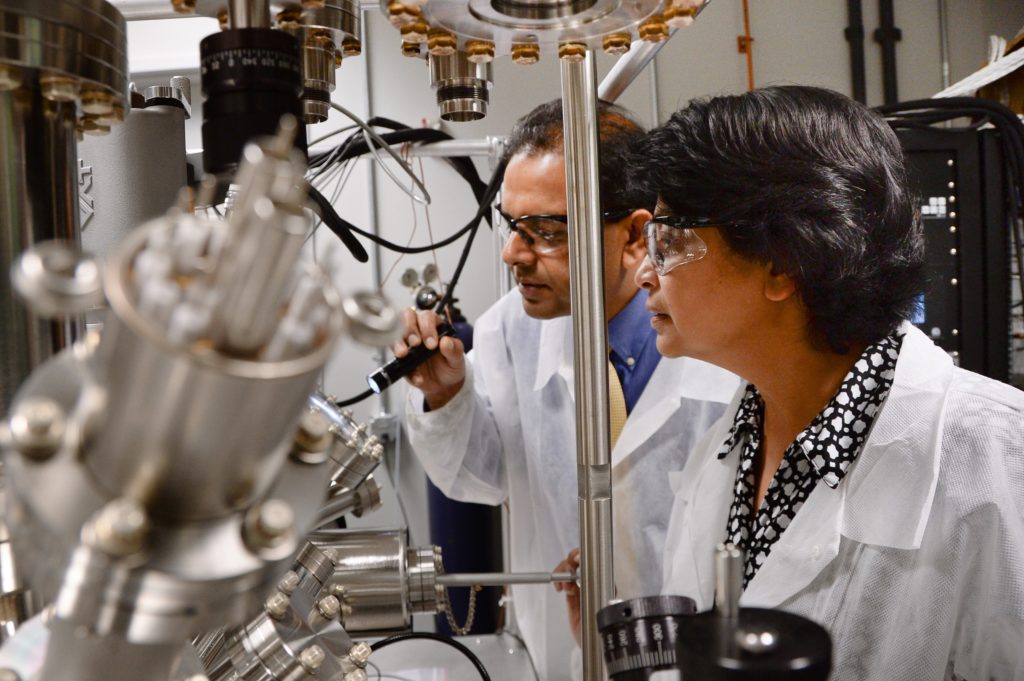
R&D employees moving from one employer to another is a frequent, yet controversial event. On the one hand, inventor mobility has been shown to have a positive effect on overall innovative activity. On the aggregate level, the fast development of new technologies in regional clusters such as Silicon Valley is driven by dynamic labor markets and high turnover rates of engineers, programmers, or developers. On the firm-level, learning-by-hiring is a fast and efficient way to acquire external knowledge.
From the perspective a firm that loses key employees, outbound mobility, on the other hand, creates costs of finding suitable replacements and is associated with the risk of losing not only employees but also crucial knowledge. Knowledge that potentially is employed by the hiring firm to compete in related markets. Recent media coverage has revealed a number of lawsuits caused by one firm’s R&D employees moving to a competitor in industries ranging from semiconductors and mobile phones to pharmaceuticals and autonomous-driving vehicles.
There are, however, some cues that there is also a positive side to outbound-mobility. Mobile employees create a potentially beneficial link between old and new employer that facilitates future collaboration of these two firms. In a recent multi-method study, we sought to better understand this phenomenon and focused on the mobility of R&D scientists in the global pharmaceutical industry. Initial interviews conducted by us revealed that it certainly is true that managers are concerned about leakage when their R&D scientists leave to join competitors. However, they also acknowledged that while mobile scientists might be out of sight, they are not out off the radar. Our interview partners highlighted that mobile employees create new or additional touchpoints with the hiring company. This facilitates subsequent transactions between the two organizations such as licensing agreements or the formation of strategic alliances. This narrative is well aligned with our quantitative findings from a large-scale longitudinal study. The findings reveal that mobility of inventors is associated with a statistically significant increase in the likelihood of subsequent alliance formation or the start a joint R&D program.
Mobile R&D scientists build bridges…
Decisions on R&D partnerships are notoriously tricky for firms. First, they have a hard time assessing the technological capabilities of potential partners from the outside. Second, in addition to technological fit, expectations towards strategic goals of potential partners and the actual management of R&D projects characterized by many contingencies need to be formed before a partner can be selected. Typically, this is done in joint decision-making processing involving multiple stakeholder within a given firm that need to converge on a joint understanding of the complex decision problem.
We find that mobile scientists have an impact on these joint decision-making processes at their new employer both at a technological and organizational level. First, they provide insider information about the technological capabilities of their prior employer, increasing the confidence their new employer will have in a possible partnership. Moreover, they can envision how molecules, solutions, and other technologies of both firms can be combined into new jointly developed products. Both should facilitate the formation of R&D partnerships between their old and new employer.
Second, and different from the provision of technological information, mobile employees also help aligning organizational mindsets. Often, the formation of R&D partnership is aggravated by different organizational beliefs about which trajectory to follow in a partnership and the potential for opportunistic behavior of potential partners. Inventors that work and have worked for both sides can bridge different perceptions. Their involvement is critical as it reduces misunderstanding and conflict in the negotiation of a partnership. As consequence, inventor mobility increases the chances of collaboration between their new and former employer compared to collaboration between their new employer and other firms.
… but not all scientists are equal
The effect of scientist mobility on R&D partnerships, however, varies across mobile scientists and the nature of the collaboration to be forged. Specifically, the effect is much stronger for productive R&D scientists: our results suggest that the chance of alliance formation after employee mobility as much as doubles for highly productive mobile scientists compared to less productive scientists. Productive scientists simply transfer more knowledge and build broader bridges. The bridging effect, however, is absent for licensing agreements. Compared to R&D collaborations, licensing deals really are about the transfer of existing inventions rather than co-creating new ones. For this reason, there are less contingencies involved and the need for bridges diminishes.
Our study adds to the larger understanding of the sociological context of business transactions. While the development of new products and the formation of contractual relationships are arguably rational and economic decisions, the decisions are made within organizational environments driven by elements like trust, preferences, and beliefs.
It also informs the larger debate on employee mobility. Some firms have called for more stringent non-compete agreements, forbidding employees to join competitors, or even participated in anti-competitive practices limiting the mobility of their employees. Yet, politicians have refrained from creating such legislation and courts often declared mobility-limiting contractual clauses invalid. This study reveals that employee mobility is not unilaterally negative for employers as former employees can generate new avenues of collaboration and the direction of business.
Read more
Stefan Wagner and Martin Goossen, “Knowing me, knowing you: Inventor mobility and the formation of technology-oriented alliances.” Academy of Management Journal 2018.
This article is cross-posted at ESMT’s webpage

No Comments